In the 1980s a change in the law meant UK phone boxes became noticeboards for business cards selling sexual services. As well as accumulating a cult following, these miniature advertisements tell us a lot about fluctuations and fashions in what was on offer.
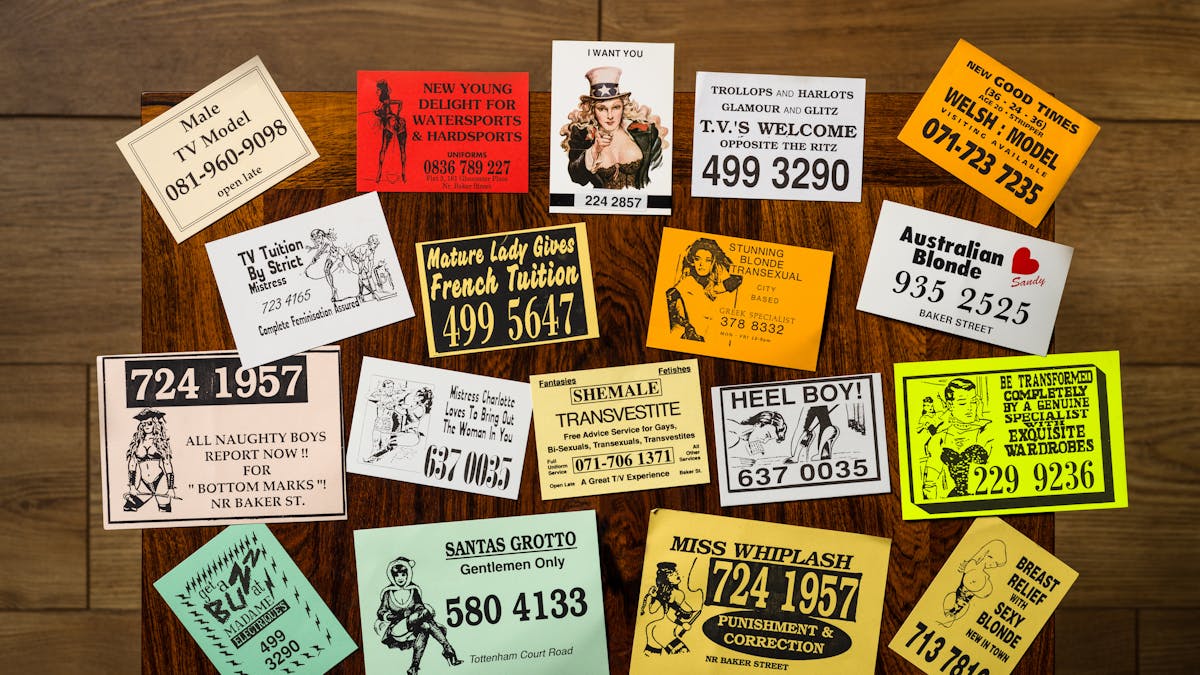
The sex trade is as old as civilisation itself, and as long as people have been buying and selling sexual services, the authorities have been trying to regulate it. As a historian of sex work, I can tell you that no attempt to abolish prostitution through criminalisation has ever been successful. What’s more, the threat of punitive measures forces the trade underground, and creates dangerous working conditions.
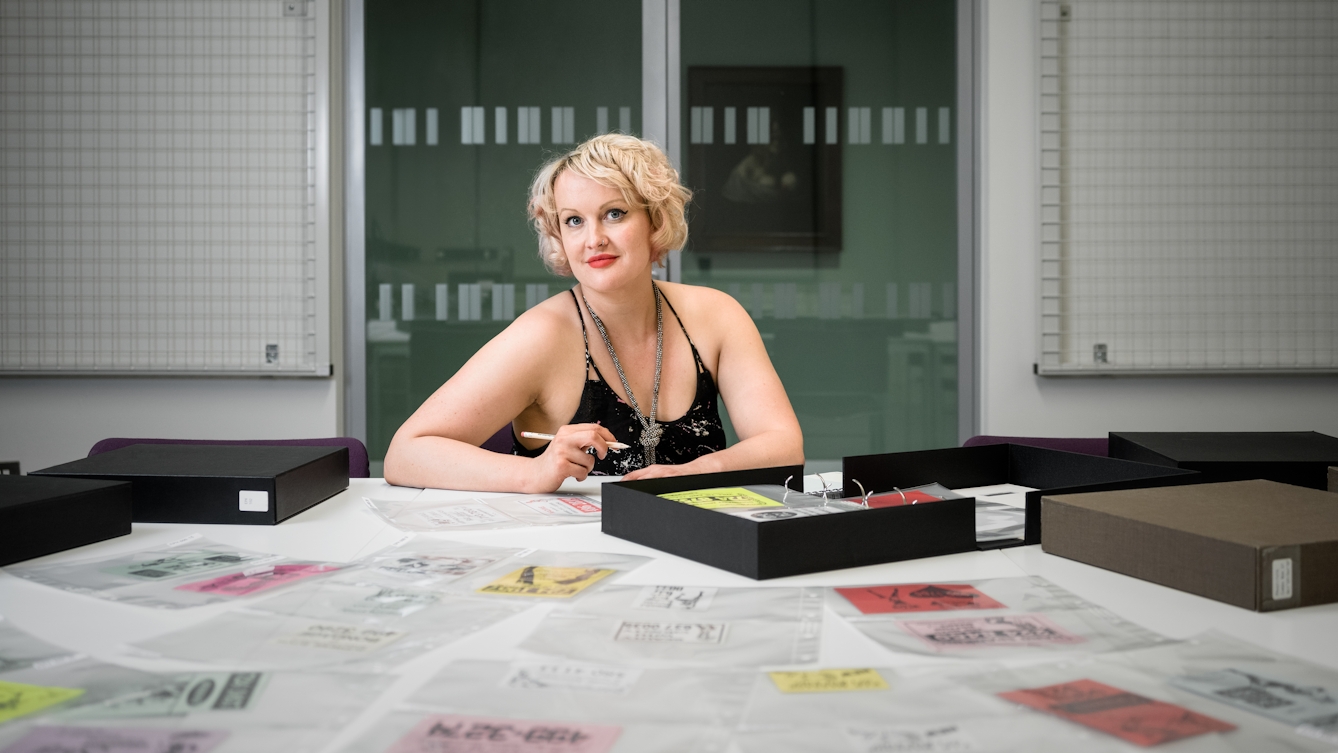
Dr Kate Lister.
The dilemma faced by every sex worker operating under criminalisation throughout history is how to attract clients without also attracting the attention of the law.
Like many industries, sex work has been revolutionised by the rise of the internet, and the online market is now the largest sector of the UK sex industry. But how did sex workers advertise and contact clients before the internet?
MORE: Male masturbation's chequered past, characterised by shame and disapproval
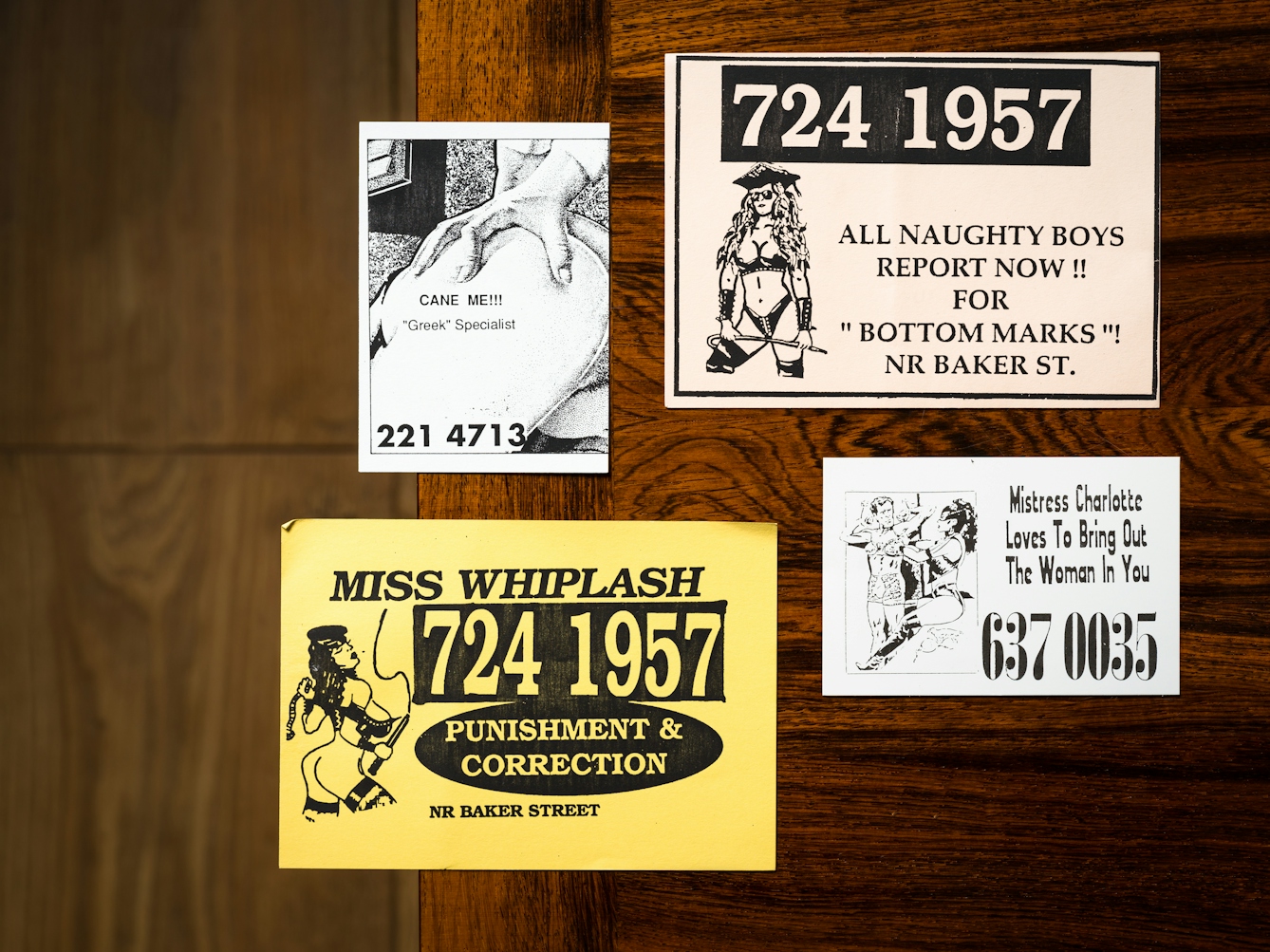
“Just over half the cards at Wellcome advertise BDSM services.”
The phone-box cult
In 1956 it became illegal to solicit on the streets, so sex workers had to find new ways to recruit clients. Indoor sex work, in brothels and saunas, is generally safer than street sex work, but often requires a third party, who will take a cut of the profit. So to obviate the need for a go-between, sex workers began to advertise their services with small, cheaply produced cards that were placed discreetly in newsagents’ windows.
These colourful, bold advertisements came to be affectionately known as ‘tart cards’, and the thousands housed at Wellcome Collection offer a valuable insight into the hidden history of selling sex.
In pictures
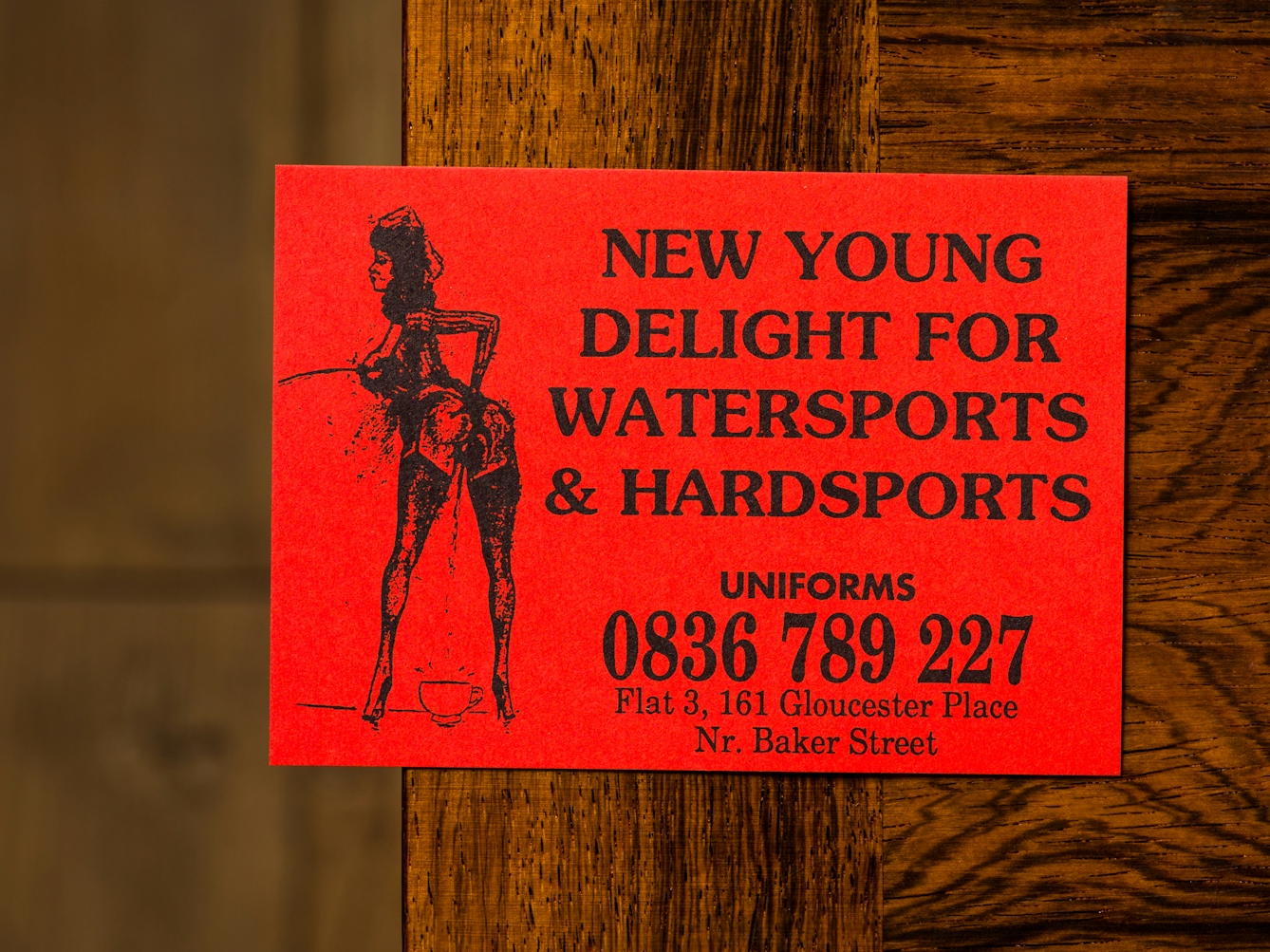
Collected between September and December 1992.
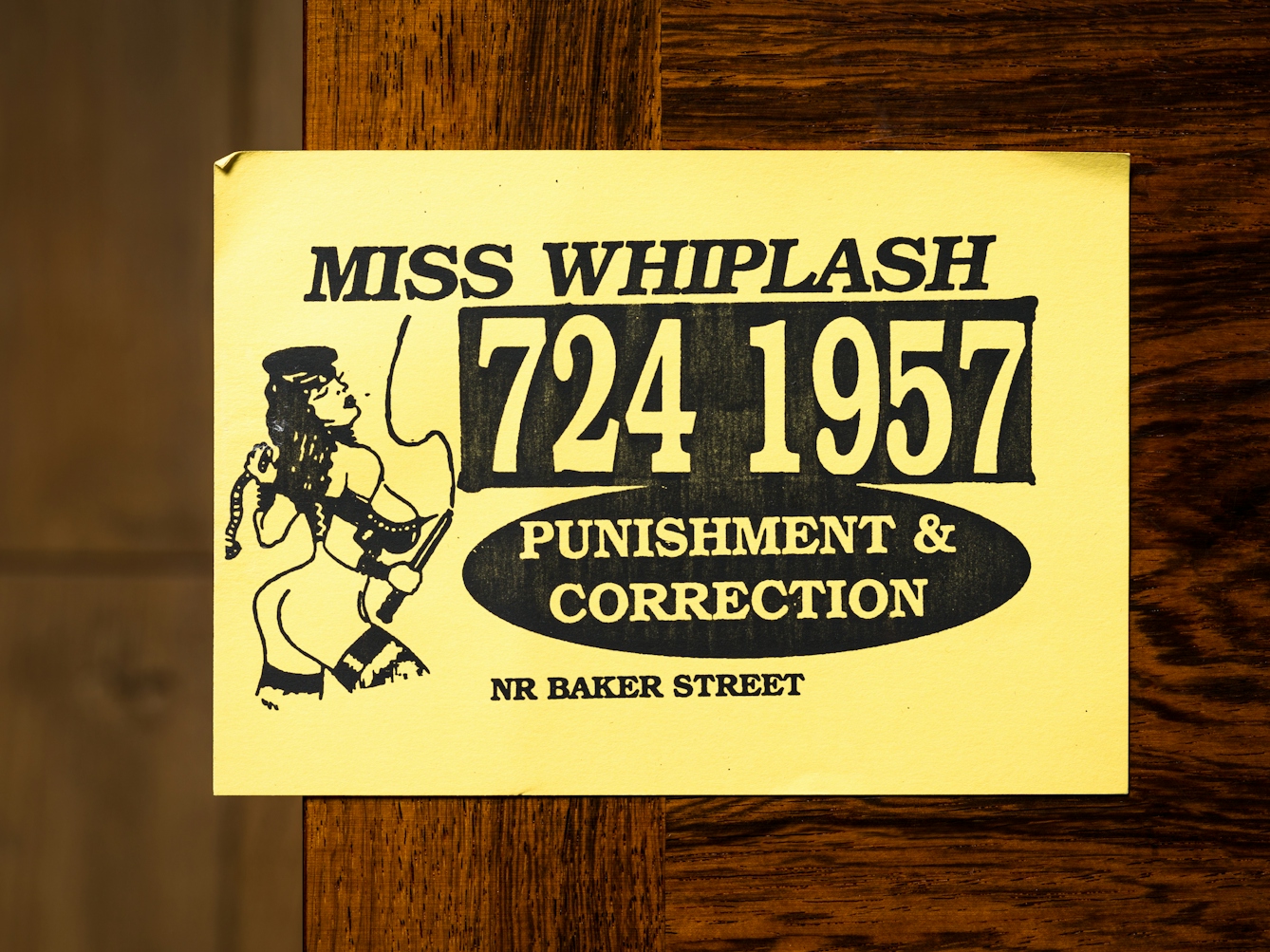
Collected between February and March 1993.
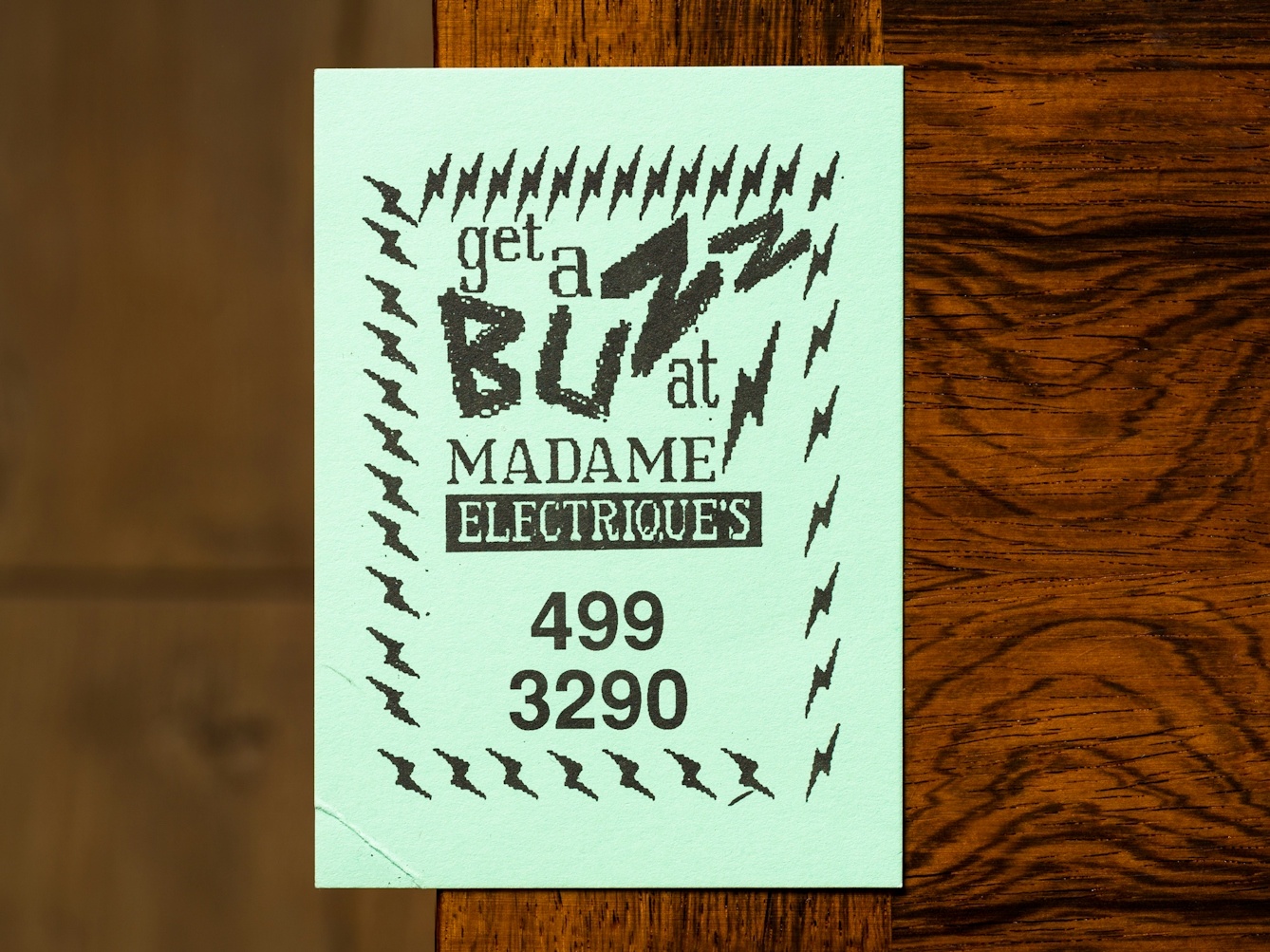
Collected between February and March 1993.
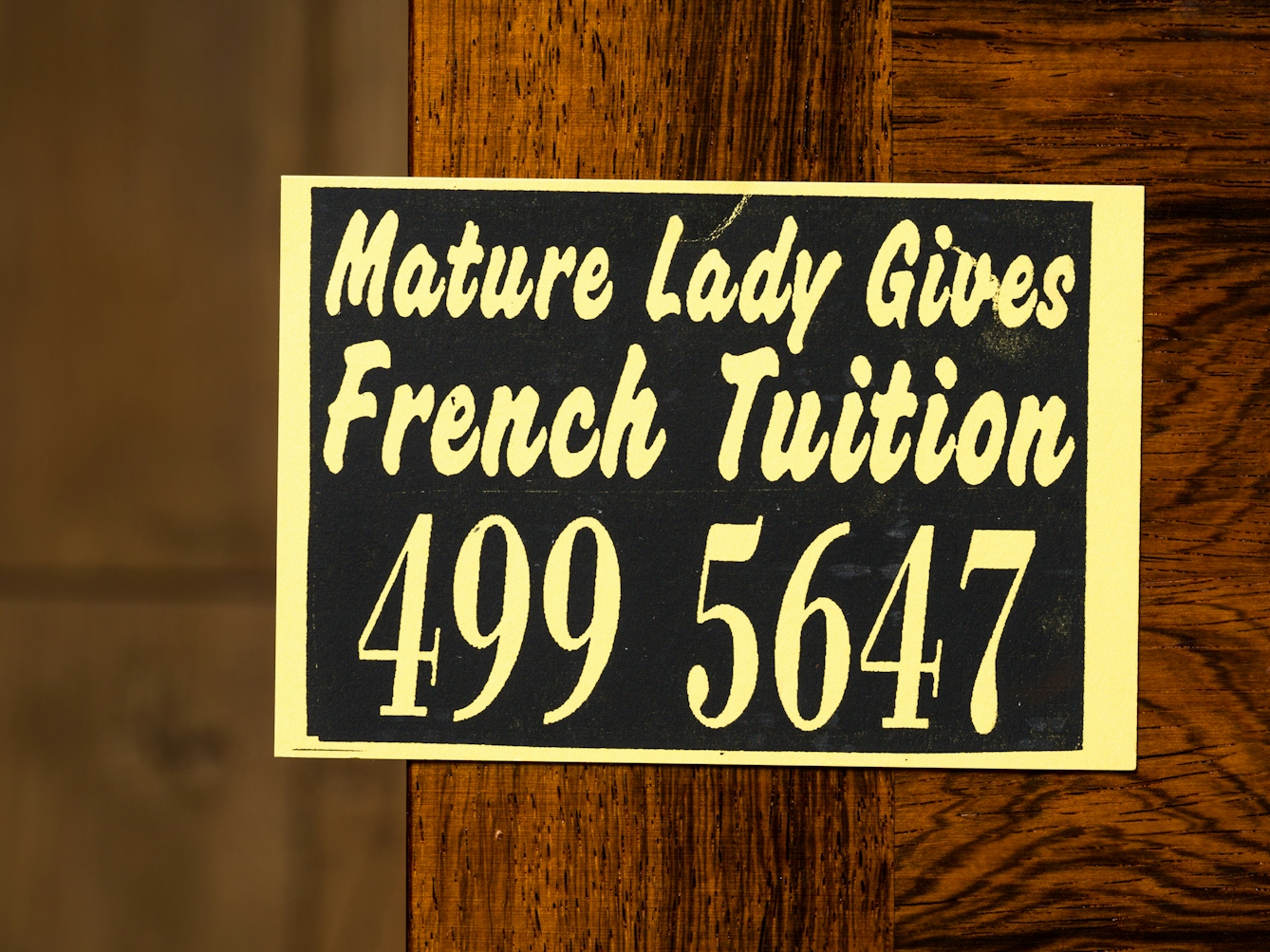
Collected between April and May 1993.

Collected between December 1992 and February 1993.
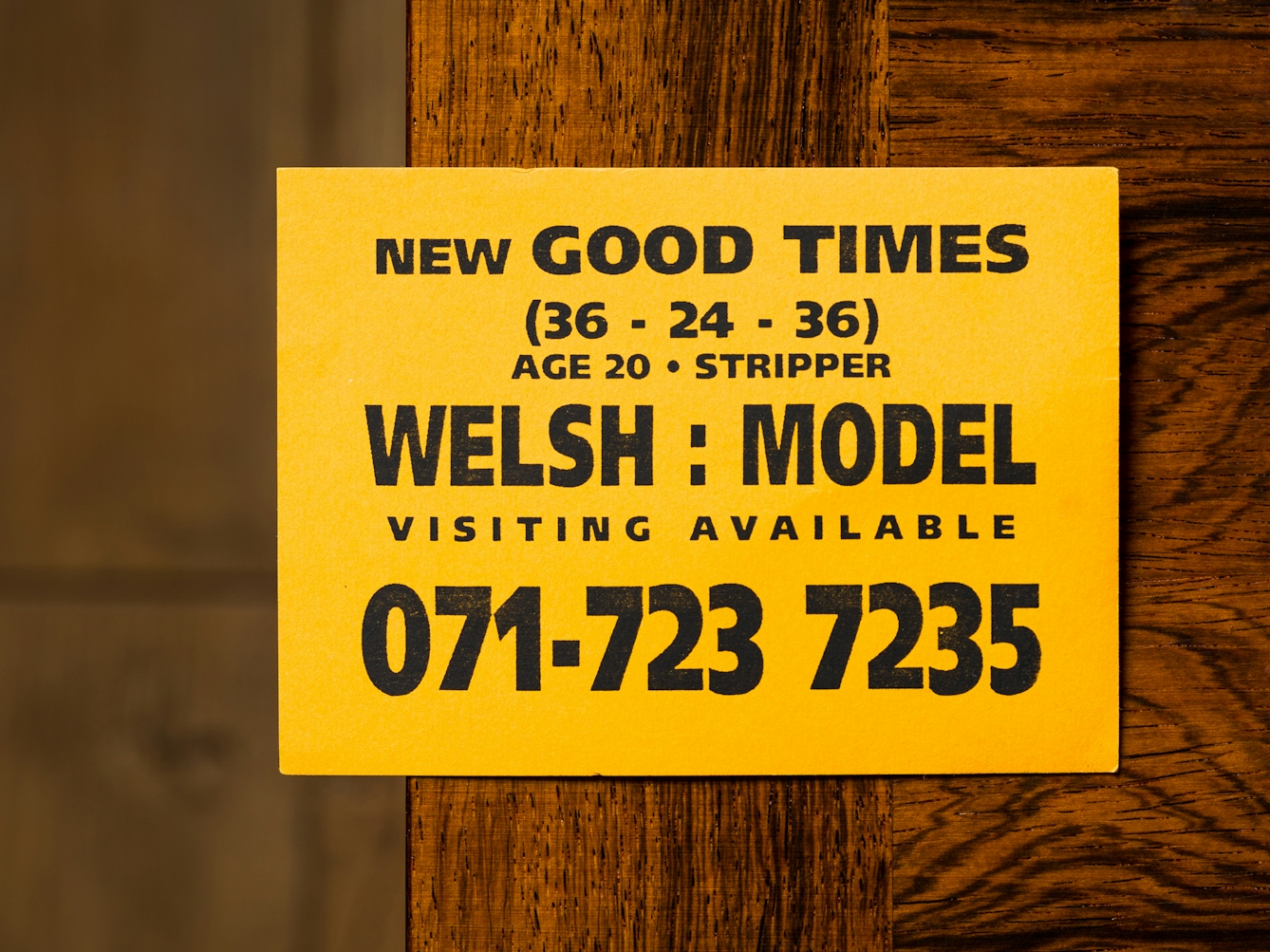
Collected between December 1992 and February 1993.
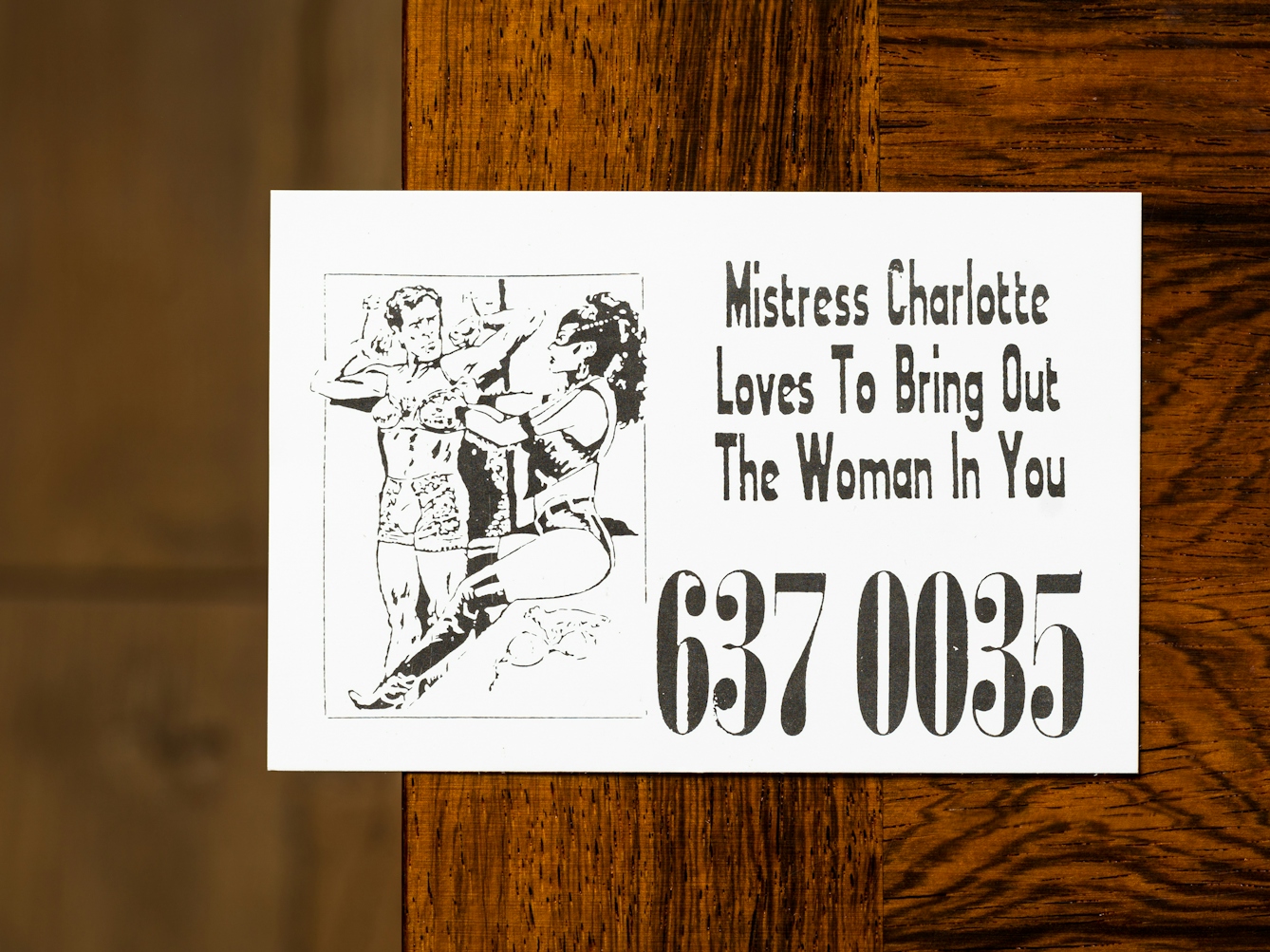
Collected between December 1992 and February 1993.
The 1953 Post Office Act made it illegal to advertise in or “in any way disfigure” telephone boxes in the UK. When this act was repealed in 1984, business-savvy sex workers were quick to move their cards out of shop windows and into public telephone boxes. Although tart cards are still found in the telephone boxes of cities all around the world, they garnered something of a cult following in Britain, and are most immediately associated with London.
The 1990s were the heyday of the tart card, and London telephone boxes from Soho to Kings Cross were festooned with a patchwork of porn. The need to keep production costs down in terms of wording and materials, while standing out from the other cards, resulted in a truly unique art form.
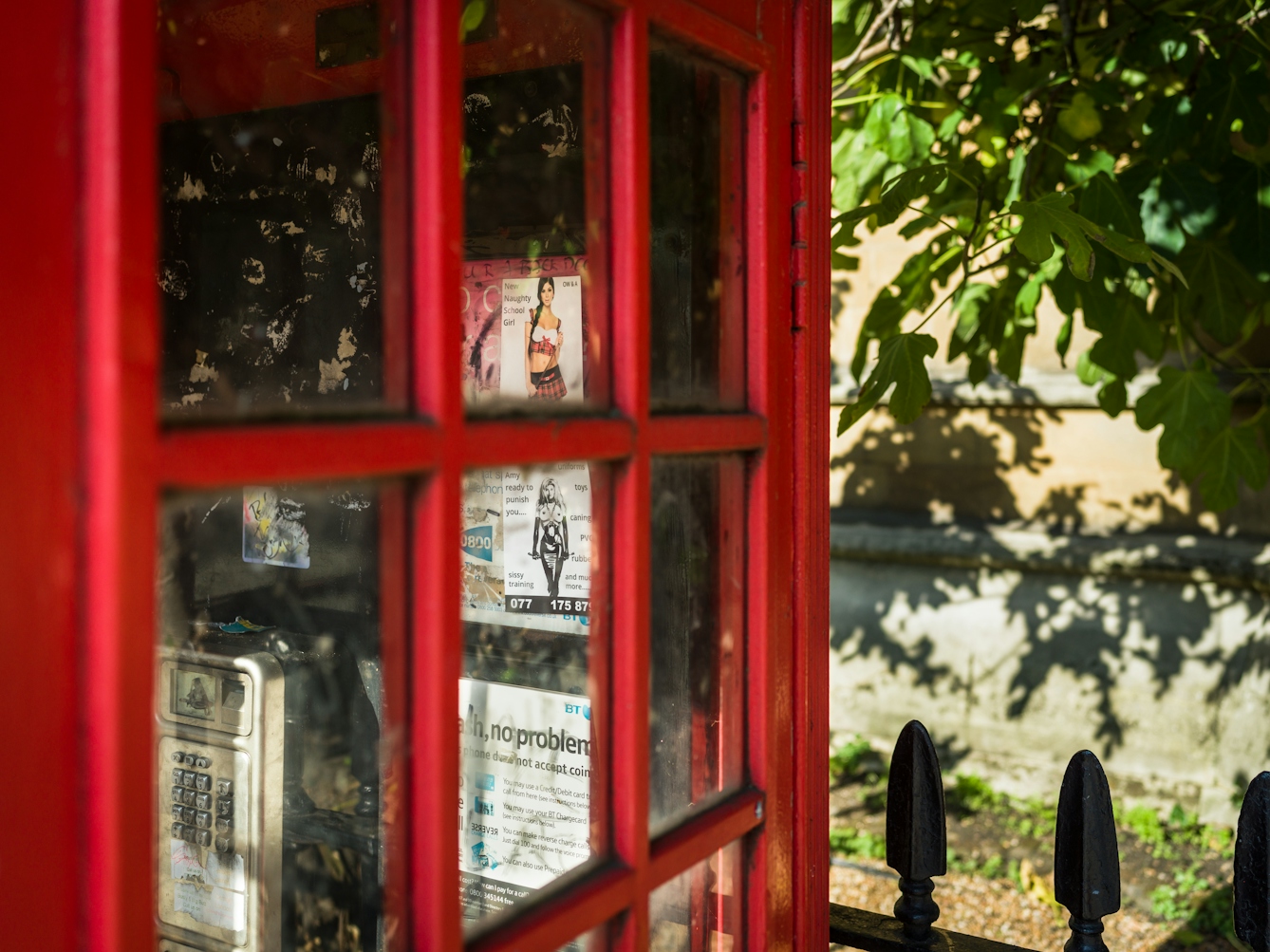
“Telephone boxes from Soho to Kings Cross were festooned with a patchwork of porn.”
Erotic invitations
The early cards were printed on cheap paper and featured simple block designs in black ink against brightly coloured (often neon) backgrounds. Kitsch silhouettes of nude women, stilettos, suspenders or sex toys directly communicate the type of service on offer.
Technological advancements influenced the design of the later cards, which feature fancy typefaces and glossy photos of erotic fantasy figures puckering up, bending over, or staring seductively down the camera. To the disappointment of many clients, these photos were rarely of the providers, who were far too canny to out themselves to the authorities in a public phone box.
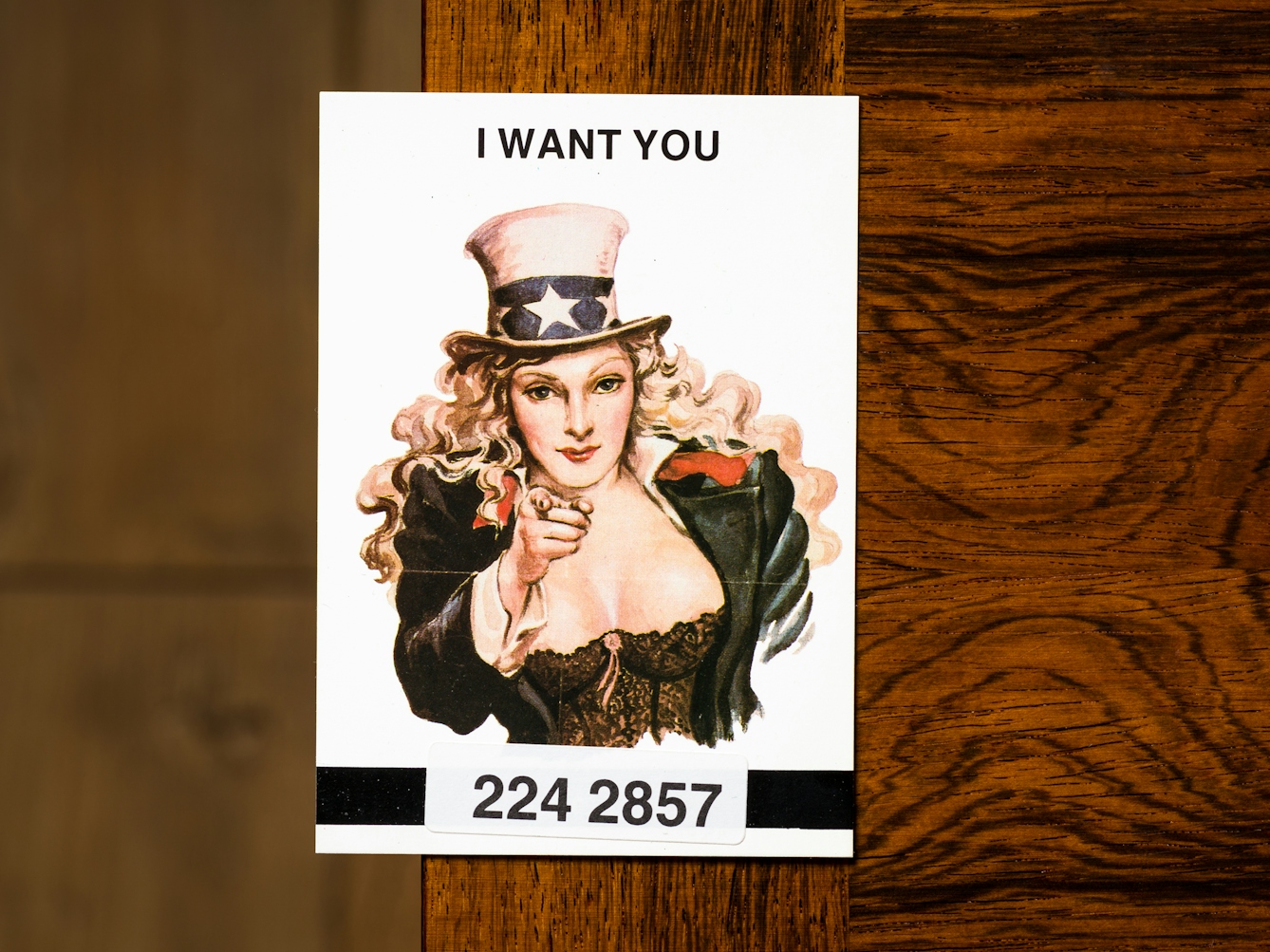
“Technological advancements influenced the design of the later cards.”
The cards offered sex workers a basic form of client screening. The only contact detail provided is a phone number, which the client would call to discuss what they wanted, as well as arranging a time and place. The provider would only give out an address once they had established that this was someone they wanted to see.
Not only are the simple designs quite beautiful, but they also allow historians to chart fluctuations in the sex-work community, the supply and demand of sexual services, and even patterns of migrant sex workers in the capital.
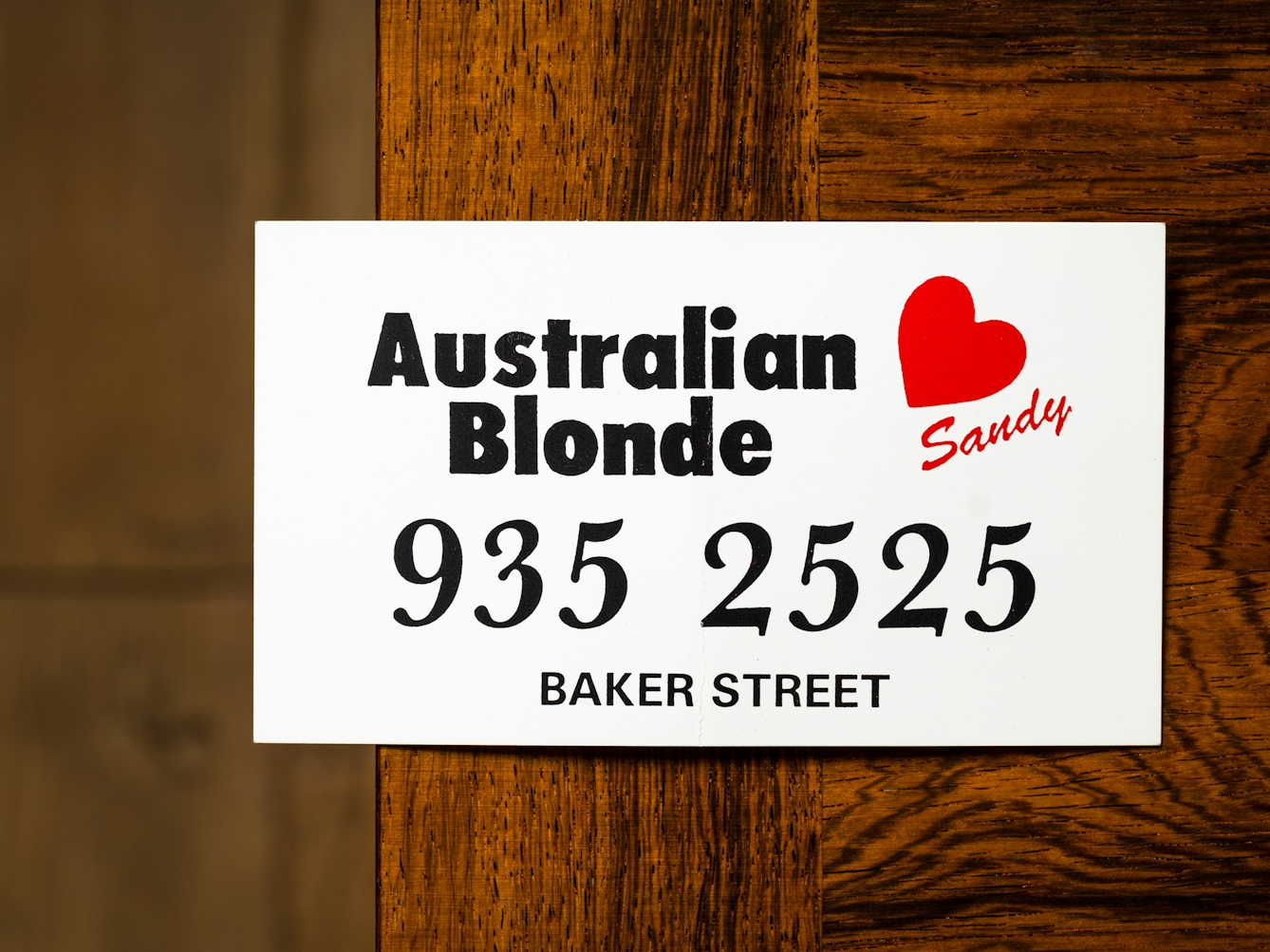
“The early cards featured simple block designs.”
Euphemisms and playful phrases
Of course, some things never change, and just over half the cards at Wellcome advertise BDSM services (BDSM being an overlapping abbreviation for bondage and discipline, dominance and submission and sadomasochism). These include “strict mistress seeking human toilet”, “naughty nannies” who will “rub it better”, and “schoolgirls” needing some “hanky spanky”. Although men are certainly selling sex, most of the cards are from female providers (cis and transgender) advertising to male clients.
The playful use of language is also very familiar to the sex industry today. One need only review the titles of porn films to know the industry has a soft spot for a good pun: ‘Drive This Miss Daisy’, ‘In Diana Jones’, and ‘Anal-yse’, being some of the best. Saucy puns and wordplay are found in many of the seasonally themed cards that offer “Holly and the Eyeful” in “Santa’s Grotto”, a “Cruel Yule”, and a “Cracker that needs to be pulled”.
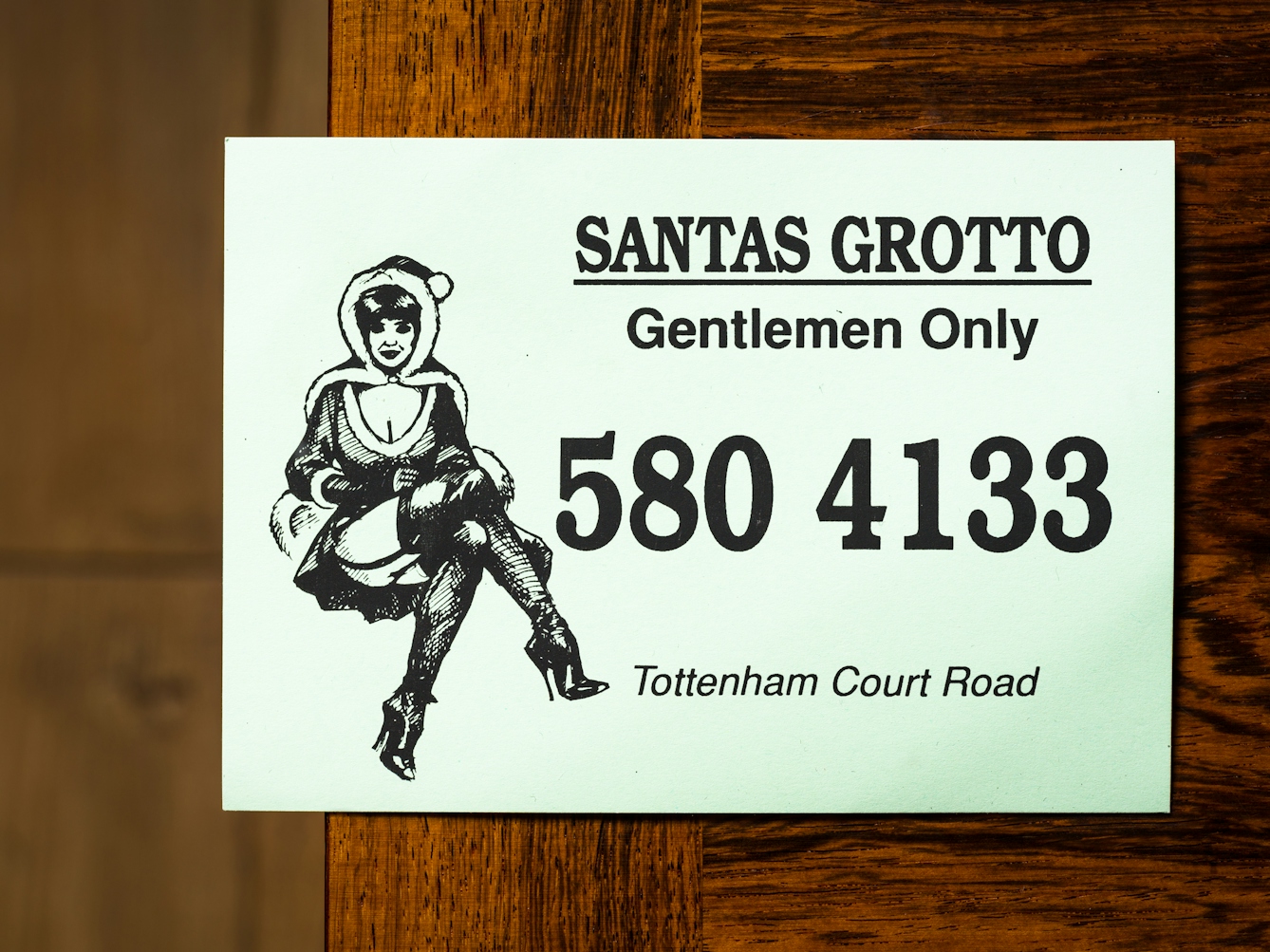
“Saucy puns and wordplay are found in many of the seasonally themed cards.”
Despite the sexually explicit images, the cards rarely mention sex directly. Just like today, euphemisms and specialised vocabulary are employed to avoid legal pitfalls and to lessen a client’s embarrassment. Sex workers are frequently called “models”, anal sex is referred to as “going Greek” or “A levels”, while oral sex is called an “O level” or “going French”.
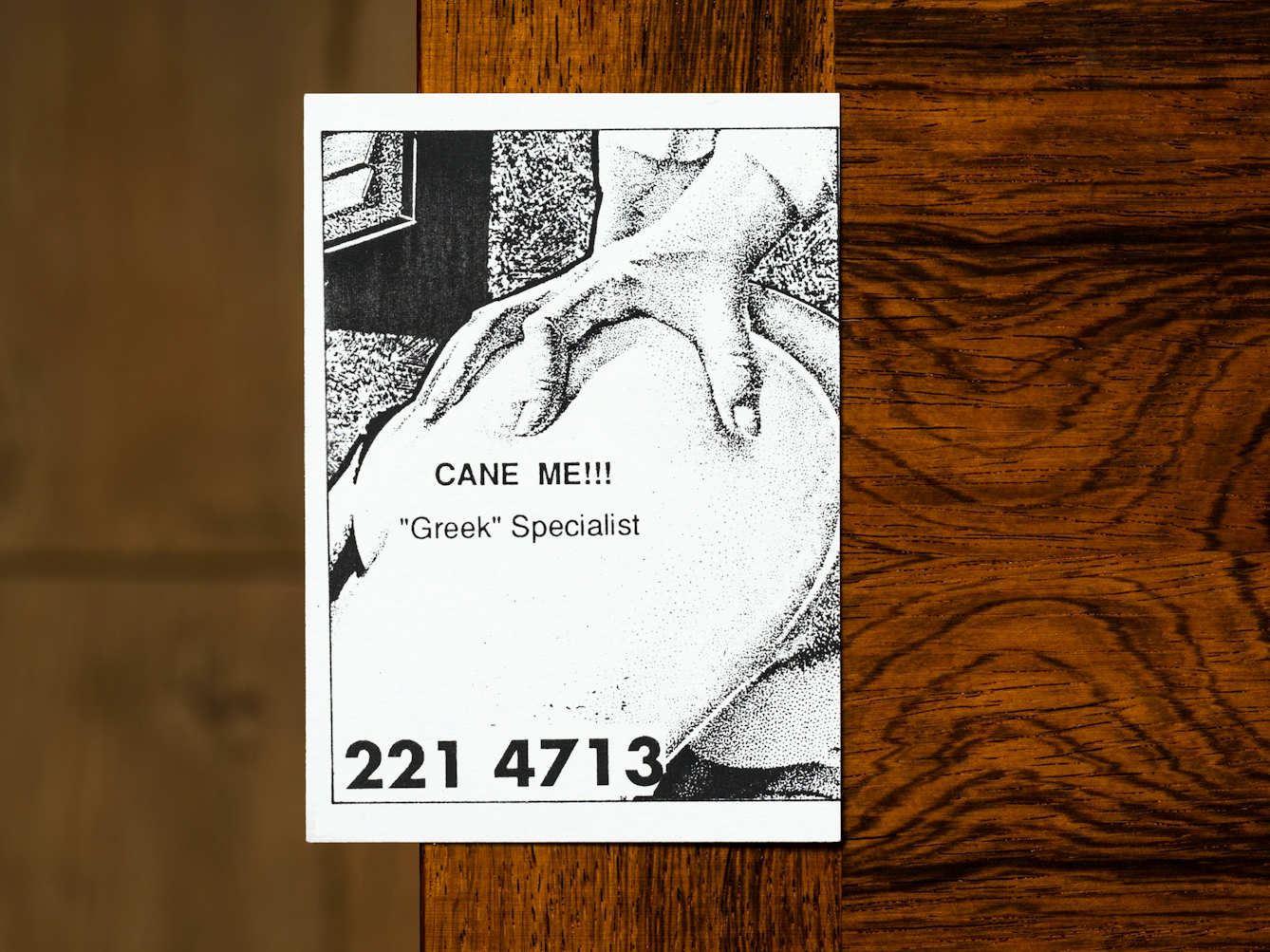
“Anal sex is referred to as ‘going Greek’.”
TV times
One service widely advertised in the cards but not seen as often today is “TV Services”. ‘TV’ stands for ‘transvestite’, which in the early 1990s was a clunky catch-all term for someone who had been assigned male at birth but wished to explore gender roles.
Some of the TV services on offer fed in to a dominant and submissive exchange – what the kink community call ‘forced feminisation’ or ‘sissification’ today. But many providers were offering “wardrobe” services, meaning they had a safe space where clients could explore make-up, clothes, wigs, etc. Others offered “TV instruction”, to “bring out the woman in you”, where they would work with a client on becoming more “feminine”. In the pre-internet world, there were precious few spaces where individuals could safely express their true gender identity.
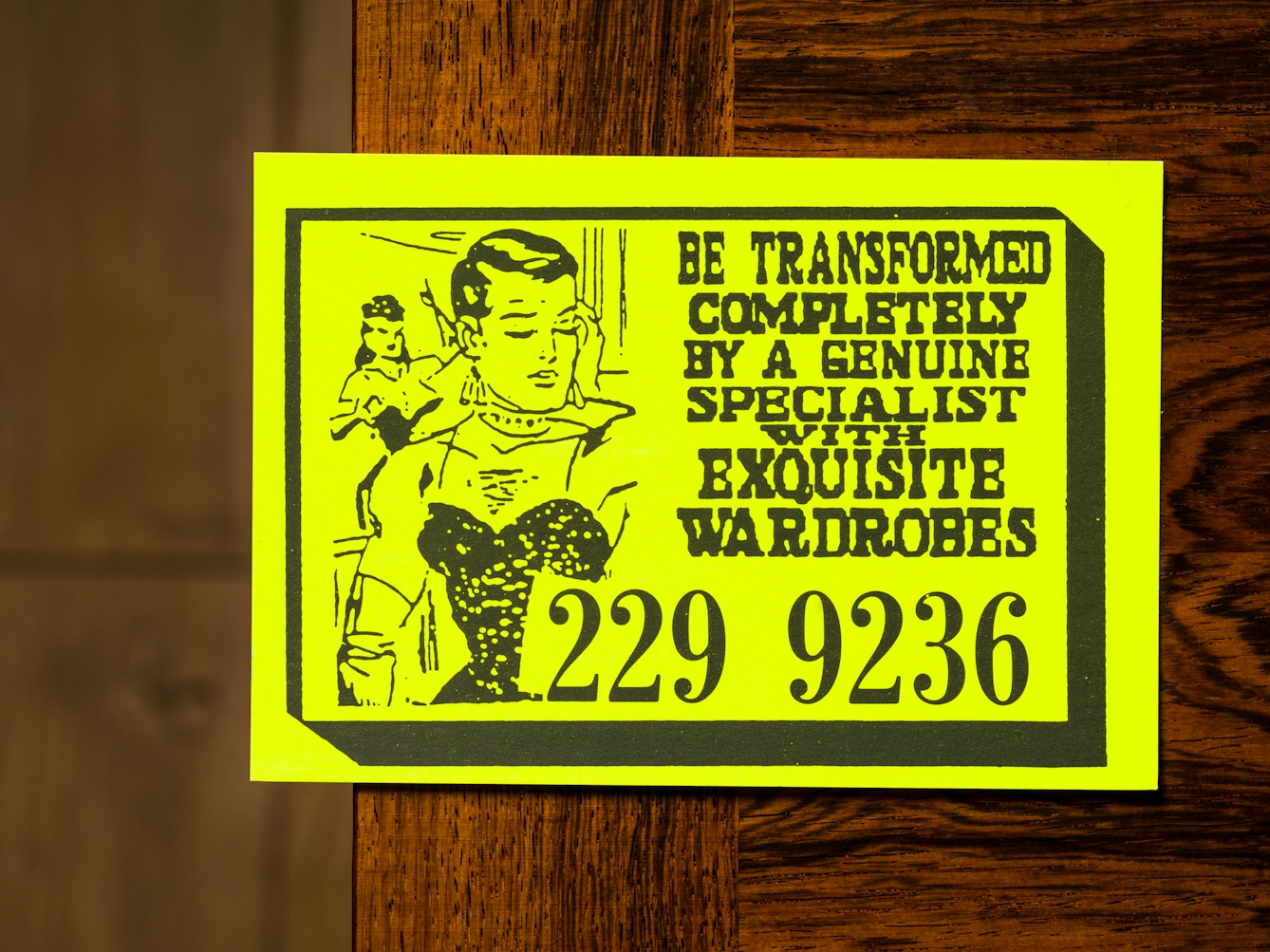
“In the pre-internet world, there were precious few spaces where individuals could safely express their true gender identity.”
The demise of the tart card
In 2001, tart cards had become such a nuisance in the UK that the Criminal Justice and Police Act made placing them in phone boxes punishable by six months in prison or a fine of up to £5,000. You can still find the odd card here and there, but as the mobile phone has rendered the phone box redundant, and the internet has created a far safer way for sex workers to advertise to clients, the humble tart card has had its day.
But this is no bad thing. ‘Beyond the Gaze’ was a three-year research project that ran from 2015 to 2018 and looked at the effect of the internet on the UK sex industry. The study found that 89 per cent of UK sex workers felt online platforms had allowed them to work more independently, 85 per cent reported using the internet to screen and monitor their clients, and 78 per cent said that advertising online had improved their quality of life.
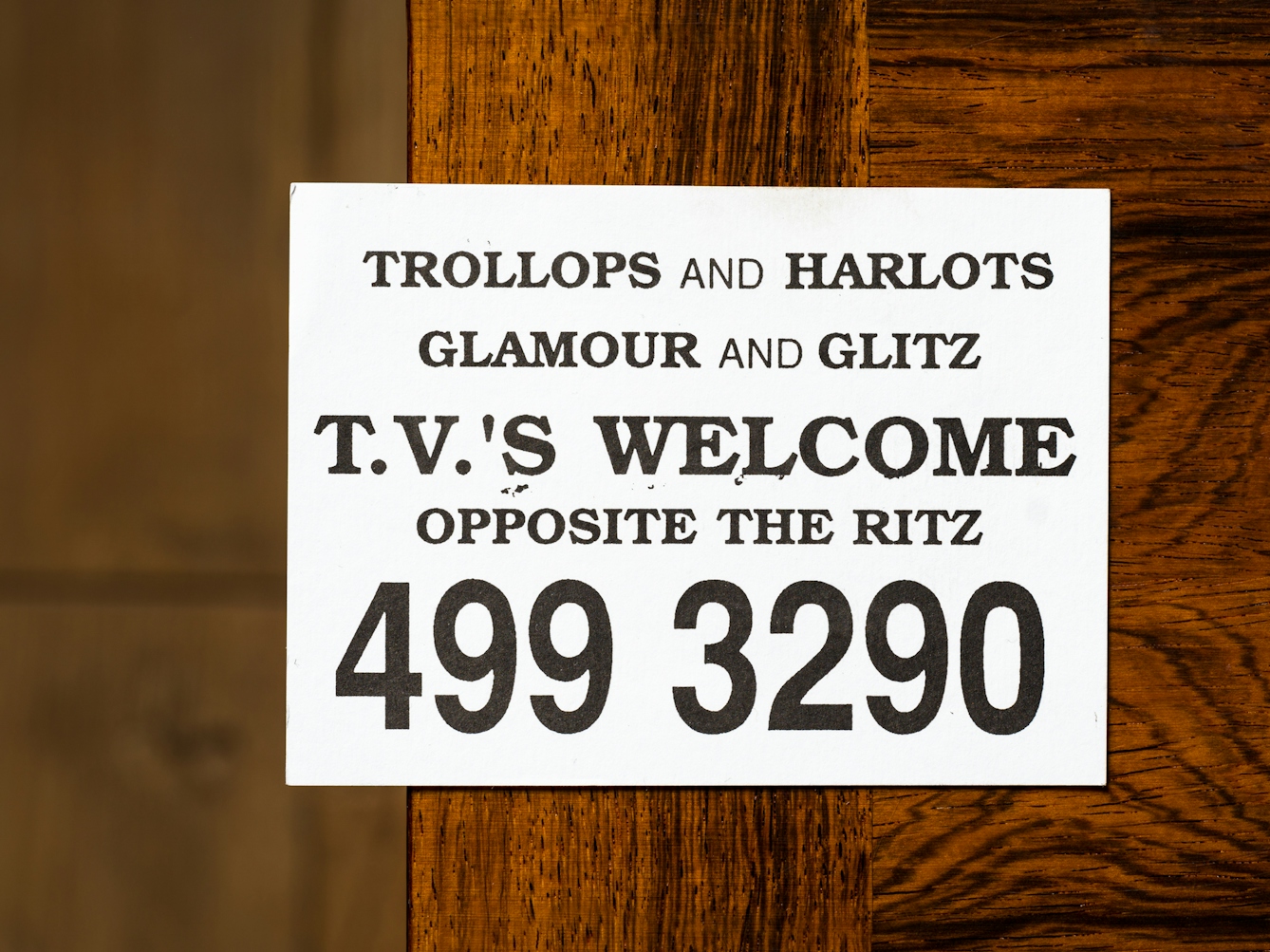
“TV stands for ‘transvestite’, which in the early 1990s was a clunky catch-all term.”
Tart cards are a remarkable and unique piece of history. They reveal so much about our collective sexual past and allow us to peep into the bedrooms of yesteryear, but cultural attitudes to sex work have changed. New technology has taken most sex work off the street and certainly out of the phone box. It has made sex work safer for those who choose to do it.
Sex workers have the right to work safely and to be respected, and the tart card is symptomatic of a culture that didn’t recognise that. As wonderful as they are, the best place for them is in a museum.
About the author
Dr Kate Lister
Kate Lister is the creator of the award-winning online research project Whores of Yore, which seeks to build public engagement and disseminate research on the history of sex and sexuality through social media. She also lectures at Leeds Trinity University, and is widely published on the sex trade.
